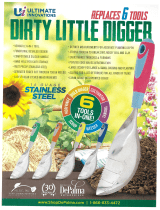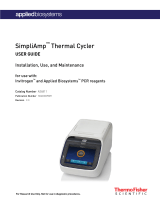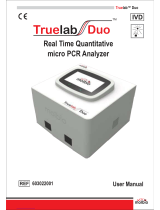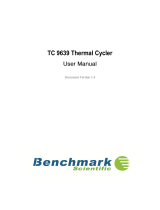
Roche Diagnostics
Operator’s Manual · Version 1.0 A-3
cobas
®
4800 system 1 General safety information
Table of contents
General safety information
In this chapter, you will find information on the safe operation of the cobas
®
4800
system.
Safety classifications ........................................................................................................ A–5
Safety precautions ........................................................................................................... A–6
Operator qualification .............................................................................................. A–6
Safe and proper use of the instrument and analyzer ............................................ A–6
Miscellaneous safety precautions ............................................................................ A–7
Safety summary ............................................................................................................... A–8
Warning messages .................................................................................................... A–8
Electrical safety .................................................................................................... A–8
Optical safety ....................................................................................................... A–8
Biohazardous materials ...................................................................................... A–9
Waste .................................................................................................................. A–10
Explosion and fire risk ..................................................................................... A–10
Caution messages .................................................................................................... A–11
Mechanical safety .............................................................................................. A–11
Reagents ............................................................................................................. A–12
Interfering substances in samples ................................................................... A–12
Evaporation of samples or reagents ............................................................... A–12
Cross contamination ........................................................................................ A–13
Hot surfaces ....................................................................................................... A–13
Data security ...................................................................................................... A–14
Notices ...................................................................................................................... A–15
Moving parts ..................................................................................................... A–15
Circuit breakers and fuses ............................................................................... A–15
Spillage ............................................................................................................... A–15
Safety labels on the system ........................................................................................... A–16
Safety labels on cobas x 480 instrument .............................................................. A–17
Safety labels on cobas z 480 analyzer ................................................................... A–18
Disposal of the cobas x 480 instrument and the cobas z 480 analyzer .................. A–19
In this chapter
Chapter
1



























